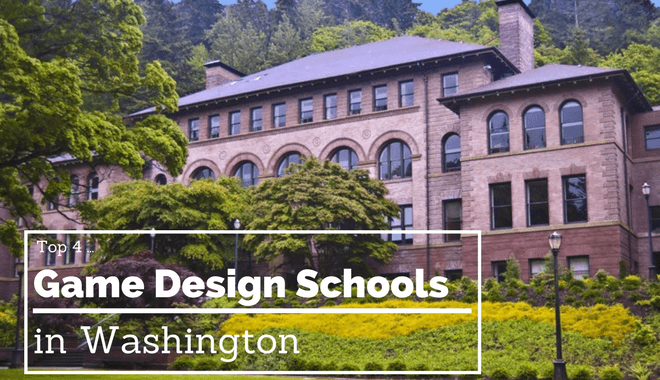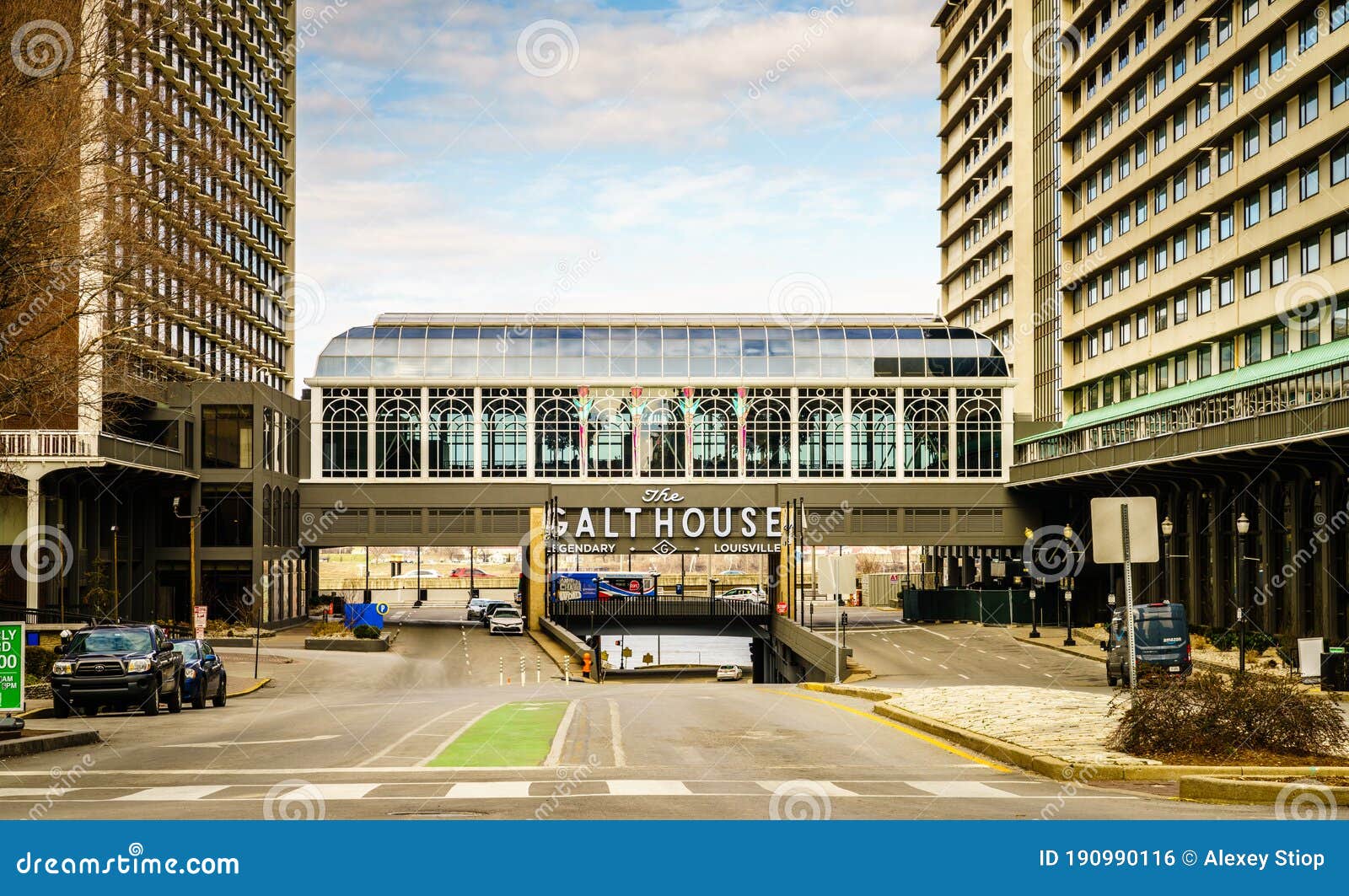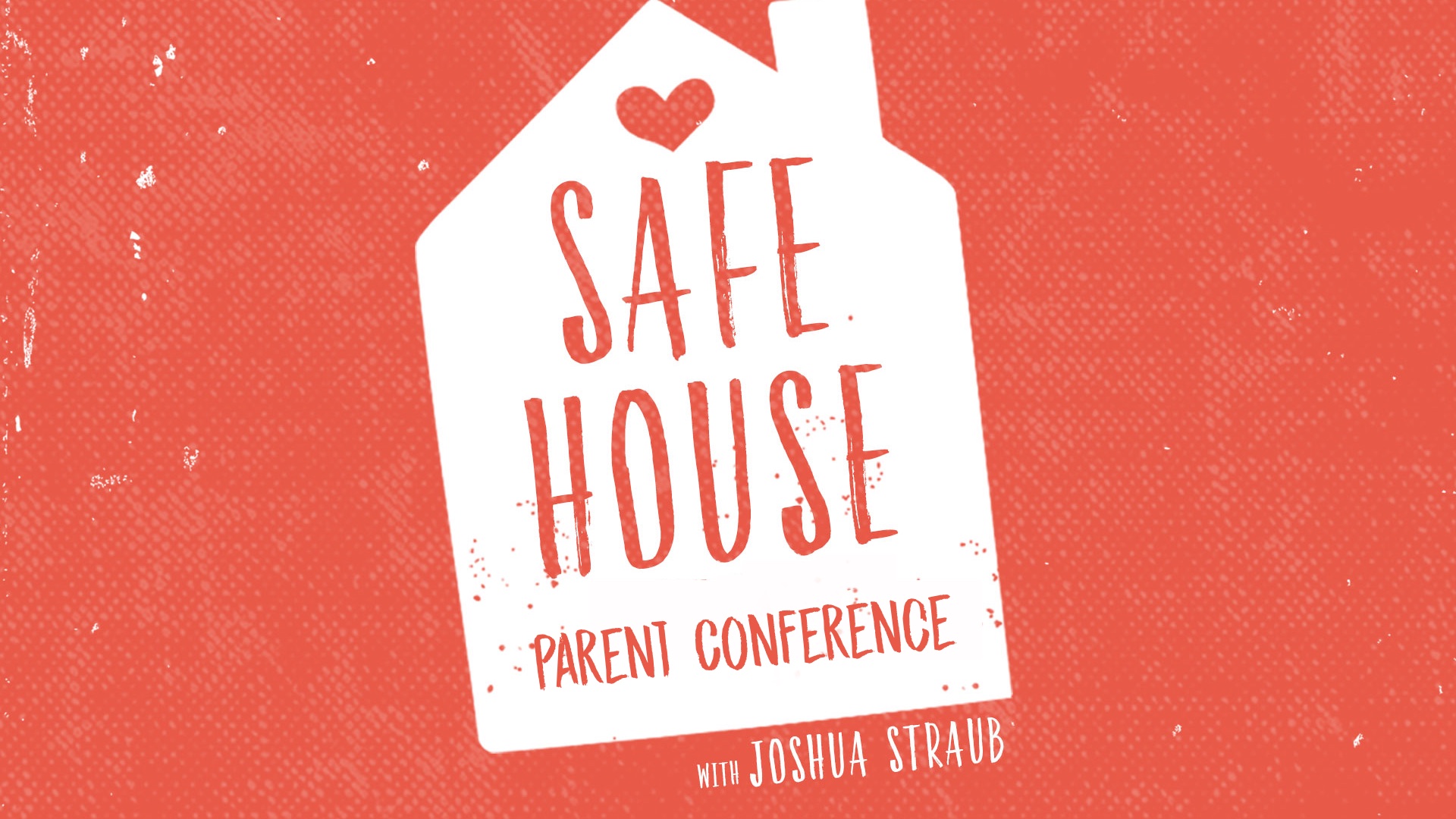Table Of Content
While most notably founded in Great Britain, the homes are also popular across the East Coast in the United States. "If you're looking at purchasing an original Victorian, you'll be steeped in the history of the building and the many people and families that made it their home," he continues. Besides the accessories of the East, American “Revolutionary” furniture was again prized. Very popular was the so-called Eastlake style (usually in oak) with incised, stylized ornament.
Inside the Queen Anne House
Victorian is a term that covers lots of different styles, and it's not uncommon to see bits and pieces of many styles all in one house. Types of Victorian houses include Queen Anne, Gothic Revival, Greek Revival, Second Empire, and Italianate. Combining elements from each of these styles, as demonstrated by this large red-and-white Victorian, creates a truly unique home. This became a style seen in small terraced homes, through to the grandest of country houses, with the added consideration of castle styles, and from this grew Elizabethan and Jacobean revival.
Gothic Revival
Scott’s productivity matched the expansion of the British Empire under Victoria. By the time of his death, Scott had designed or restored over 500 buildings that came to define the extravagance and confidence of high Victorian design. Stick-Eastlake homes, also just called Stick, share a resemblance to Tudor-style homes with their diagonal, horizontal, or vertical planks (called “stick work”) adorning the home’s exterior. Typically made with wood, Stick-Eastlake Victorian homes are also characterized by their pitched gable roofs, trusses, towers, and embellished trim. Unlike other Victorian style homes, Stick-Eastlake style may not have bay windows and as much intricate decoration. While Victorian houses have many different architectural styles, there are common features you can find among them.
Typical Victorian architectural details
In Victorian times, population growth, and the Industrial Revolution which saw a migration of workers from the countryside to the cities, resulted in successive housing booms in the 1850s and 1870s that saw the creation of millions of houses. These catered not only for the rich and the new "middling-classes" but also for the poor. San Francisco is revered for its pastel-colored Victorian town houses, like the famous Painted Ladies. The historic district of Louisville, Kentucky, is known for its high concentration of well-preserved Victorian mansions.
Eagle Rock Queen Anne
Only two miles from the port of Wilmington, this home soon became the first place encountered by many travelers to Los Angeles. The home was also the site of frequent “regales,” where champagne was “always on tap” and guests danced in the extra-wide downstairs hallway. This 1895, Queen Anne-style house was built in the very trendy Victorian neighborhood of Boyle Heights. Another Frederick Roehrig design, this Queen Anne-style mansion was built by Andrew McNally, founder of the Rand-McNally Publishing Company. The estate featured beautiful gardens, an aviary, and a private railway spur.
Queen Anne Cottage
Typically only two stories, these homes also feature single-story porches, wide eaves, low roofs, and the characteristic ornamental brackets. By far, the city with the most well-known Victorian style homes is San Francisco, CA. From Alamo Square’s “Painted Ladies,” to Pacific Heights and Bernal Heights, you can find Victorian homes in just about every neighborhood in San Francisco. Victorian homes are also popular in cities like Louisville, KY, New Orleans, LA, St. Louis, MO, Cape May, NJ, and Seattle, WA, but with a little luck, you can find these homes in nearly every major housing market in the US. Whether you’re looking to buy your first home or are fascinated by the popular house styles across the US, a Victorian home should be on your list of must-sees.
Stories
There are also several brilliant examples of exuberant Queen Anne-style houses. Gothic Revival style homes take inspiration from medieval European churches with their steeply pitched roofs and pointed arches. You can also find ornate woodworking details, turrets, and decorative columns or posts.
Most Expensive Homes for Sale in the US Right Now Listed by Redfin
Five-bed Victorian house in west London where TV presenter Jill Dando was shot dead on her doorstep goes on th - Daily Mail
Five-bed Victorian house in west London where TV presenter Jill Dando was shot dead on her doorstep goes on th.
Posted: Thu, 25 Apr 2024 13:22:16 GMT [source]
Most Victorian style houses are built close to other properties and on small plots of land. Although these houses are somewhat narrow in width, they are often three stories high and imposing with textured wall surfaces that make them stand out. The Victorian era goes back to the time when Queen Victoria reigned Britain from 1837 to 1901. This was the time when industrialization introduced many new architectural innovations.
North America
Robust but lighthearted exteriors—with their asymmetrical facades, towers, verandas, and fancy-butt shingles—hint at the sweetly eclectic rooms inside. Georgian architecture is more prominent in Ireland than Victorian architecture. The cities of Dublin, Limerick, and Cork are famously dominated by Georgian squares and terraces. Particularly around Dublin's Wicklow Street and Upper Baggot Street and in the suburbs of Phibsboro, Glasnevin, Rathmines, Ranelagh, Rathgar, Rathfarnham, and Terenure. The colourful Italianate buildings of Cobh are excellent examples of the regional Victorian style in Ireland. Further examples of Victorian architecture in the country include Dublin's George's Street Arcade, the Royal City of Dublin Hospital on Baggot Street and the Royal Victoria Eye and Ear Hospital on Adelaide Road.
After all, if you think of the marked difference between the mid-century modern homes that popped up in the 1960s and the suburban McMansions that were so common in the 2000s, it makes sense that styles would vary along the course of over 60 years. However, despite the variations in style, there are quite a few elements that pop up time and time again during that period, making them quintessentially Victorian details. In the United Kingdom, Victorian houses follow a wide range of architectural styles. Starting from the early classicism inherited from Regency architecture, the Italianate style gained influence in the 1840s and 1850s, and the Gothic Revival style became prevalent by the 1880s.
This type of Victorian house originated in France, with some of the most famous hotels featuring the same architectural elements as the Second Empire homes. The following article provides an insight into what a Victorian style house is, its main features, and the different types of Victorian style houses you should know about. From the middle of the 19th century, geometric and encaustic tiled floors started to appear in municipal buildings, churches and villas. But as the fashion rose and mass production improved by the 1890s, they had become an essential feature even in the most ordinary of Victorian terraced houses. Plate glass enabled expansive glazed surfaces, including the iconic curved bay windows marking many Victorian homes.
These intricate collections of vertical, horizontal, and diagonal wood elements create complex patterns that offer one-of-a-kind facades on many Victorian homes. Vibrant siding and trim colors, such as blue, green, pink, and yellow, make these historic houses stand out even more. Whatever they're called, Victorian houses, the "grand old ladies" of American architecture, were generally built from the 1840s to 1940s and added a distinctive style to many communities. Victorian house plans are ornate with towers, turrets, verandas and multiple rooms for different functions often in expressively worked wood or stone or a combination of both.
These interior and exterior features help tie Victorian era homes together, making them easily identifiable from other home styles. As HGTV explains, Victorian homes often had wood or stone exteriors (a far cry from today's plastic siding!) as well as textured surfaces, such as scalloped shingles. The exterior was highly embellished, with decorative trim adding plenty of eye-catching details. Not only were most Victorian homes two to three stories, they also featured asymmetrical details, steep rooflines, and elements such as bay windows or different additions that add visual interest to the property.











